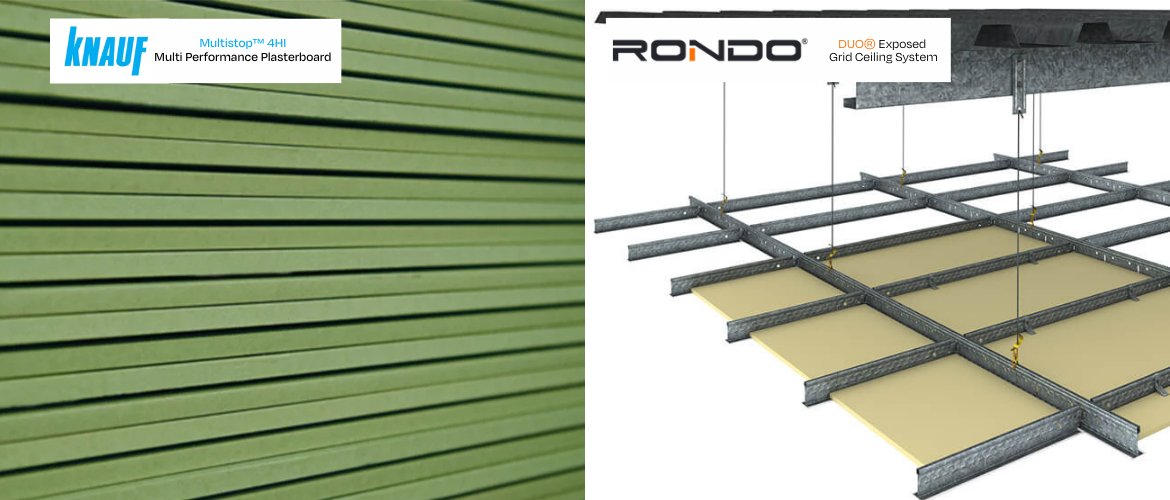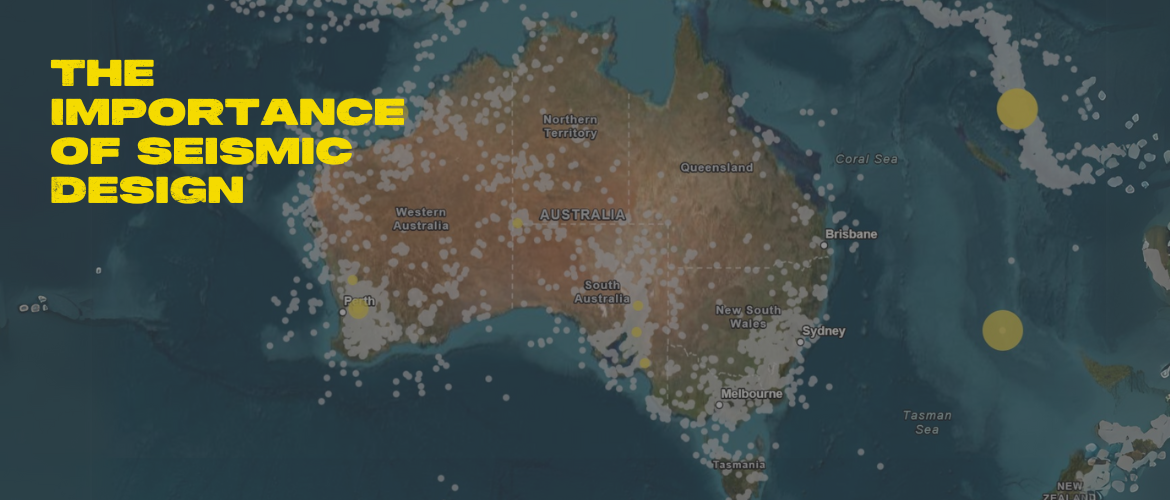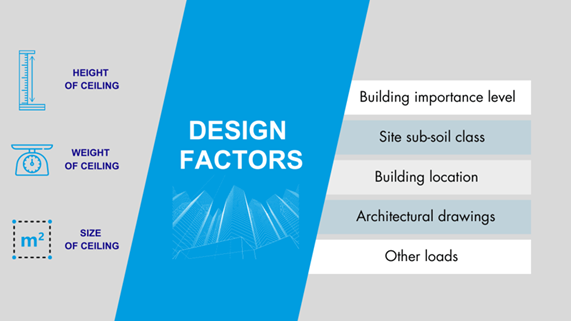At NHS, we recognise the importance of designing buildings to withstand seismic activity, a crucial consideration for architects, engineers, and tradies in Australia. With the country experiencing an average of 100 earthquakes of magnitude three or higher each year, addressing seismic risks is essential to ensure safety and durability.
While seismic design impacts various aspects of a building—from foundations to structural components—this article focuses specifically on suspended ceilings. To address these risks, the National Construction Code (NCC) mandates that all buildings and their components meet specific seismic design requirements. These requirements are tailored based on the Level of Importance (LOI) assigned to each building type.
Understanding Levels of Importance
The NCC defines four Levels of Importance (LOI), which determine the seismic load requirements based on the degree of hazard the building poses to life and property in the event of failure:
- Level 1: Low-hazard buildings, such as some residential structures, are often deemed compliant without specific seismic considerations.
- Level 4: Critical infrastructure, like hospitals or facilities handling hazardous materials, must meet the highest seismic safety standards to remain operational after a seismic event.
For professionals working on projects across these categories, understanding and integrating the right seismic solutions is key to ensuring safety, resilience, and compliance.
Practical Solutions for Seismic Design
Seismic design presents unique challenges, including ensuring structural stability, effective load distribution, and material resilience. At NHS, we supply high quality and trusted brands like Knauf, ICCONS and Rondo that provide innovative and reliable seismic solutions tailored for walls and ceilings.
These brands are always looking for innovative ways to improve their product offerings to make it easier for tradies comply to Australia’s seismic building codes, including AS 1170.4-2007 and AS 5216:2021. For instance, see our previous article on ‘ICCONS®: Revolutionising Your Seismic Projects’ which focuses on the ICCONS’ Thunderbolt Pro range including the shallowest C2 seismic concrete screw-bolt in Australia.
![]()
Knauf’s TecASSIST™ engineering team delivers project-specific, cost-effective seismic solutions, combining cutting-edge research, extensive testing, and adherence to Australian and New Zealand Standards, including AS1170.4-2007. On top of that, Knauf partners with Rondo to offer specialised systems explicitly designed to resist seismic loads, ensuring structures can withstand seismic activity with minimal damage.
Products such as Knauf’s Multistop™ 4HI and Rondo’s DUO® Exposed Grid Ceiling System meet the seismic requirements for Level 4 LOI and are both available at NHS.

Building Resilience with NHS
By incorporating high-quality materials and systems which are engineered for your peace of mind into your projects, you can safeguard people, reduce repair costs, and ensure the longevity of your builds. When you’re looking for seismic solutions, NHS is here to support you with expert advice and a wide range of products tailored to your needs.
Seismic safety is more than just compliance—it's about building resilience into every project. Reach out to NHS to learn more about how our products and expertise can help you meet seismic design requirements and deliver reliable, durable structures.




